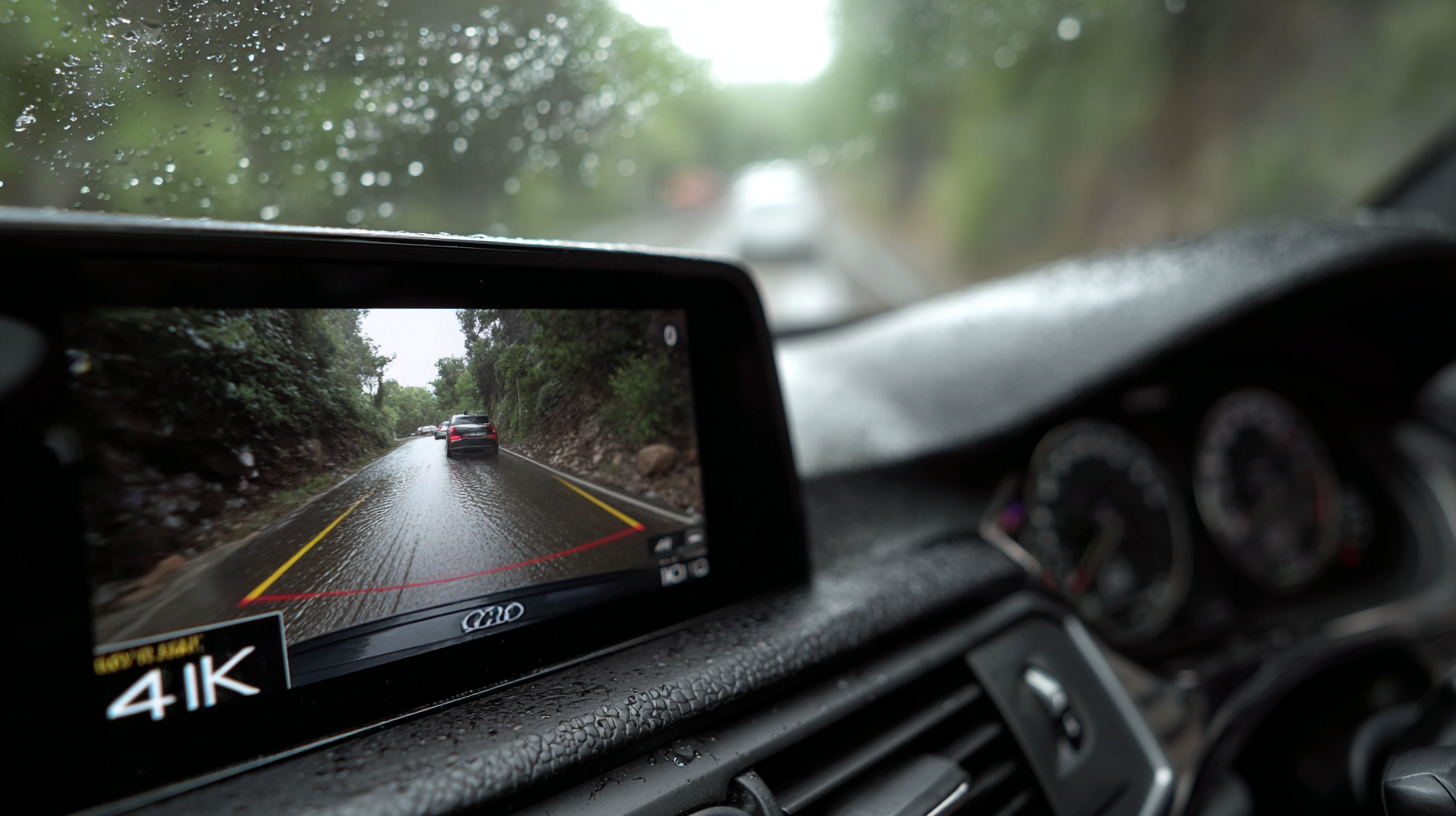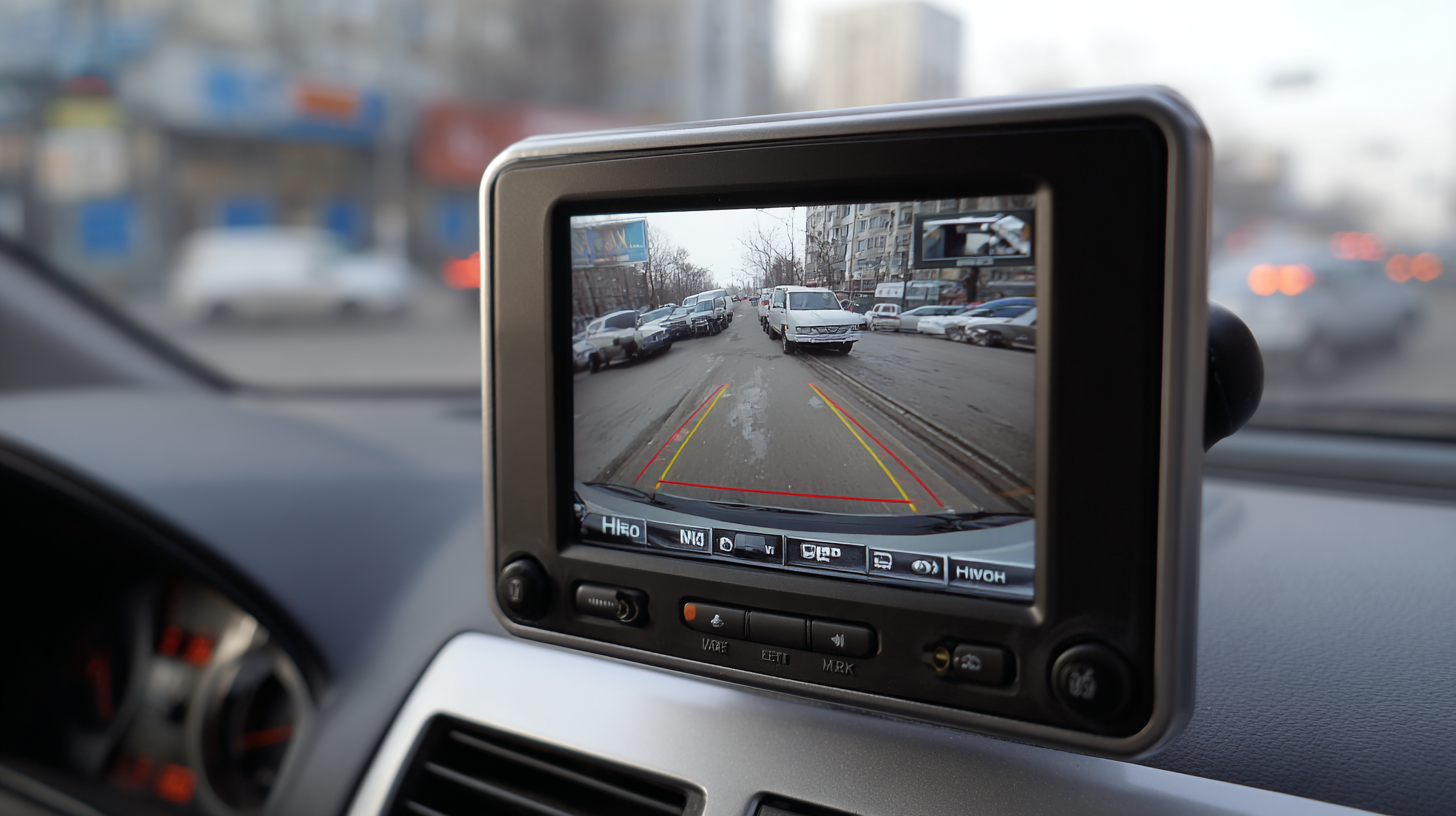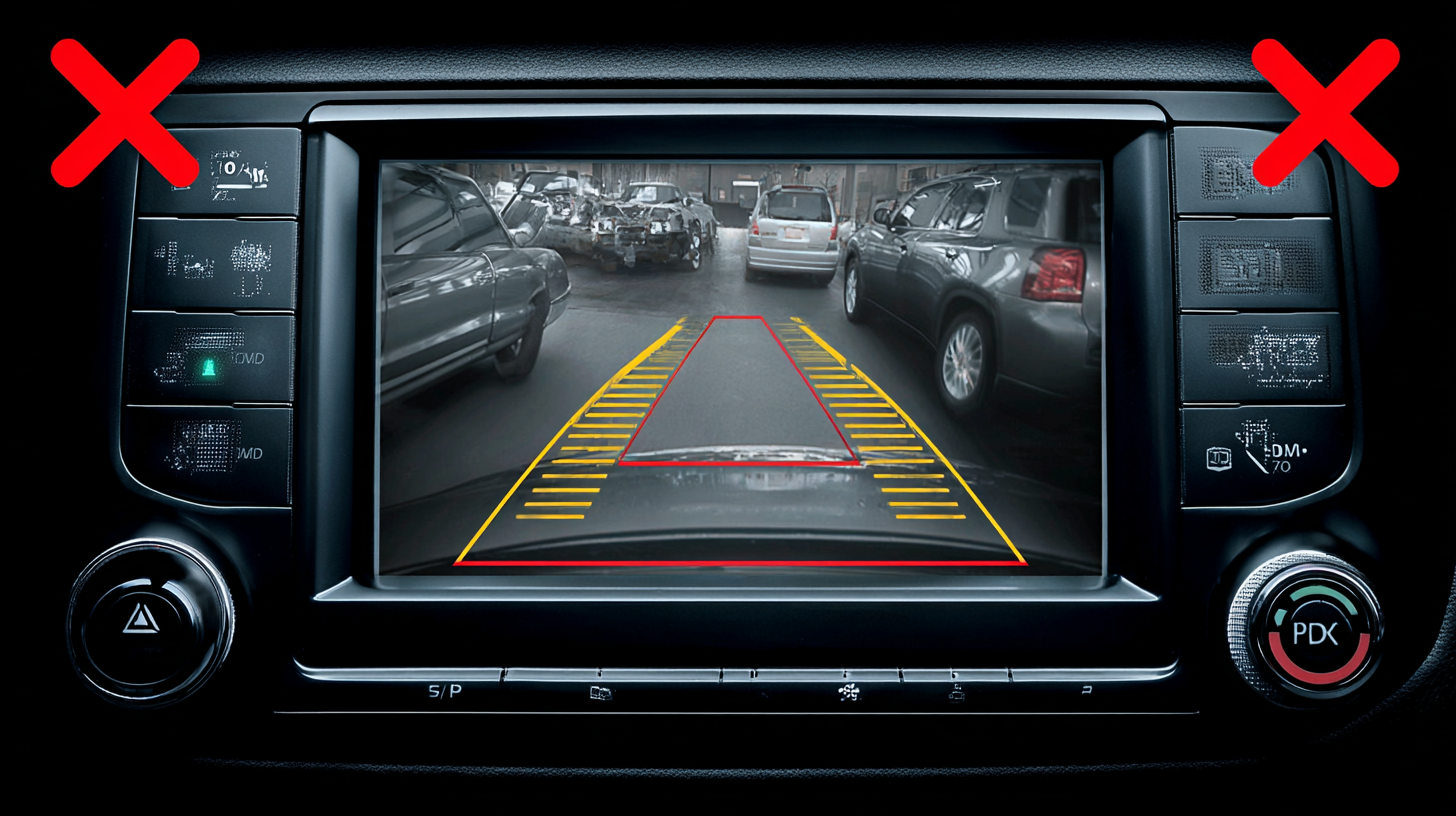In the rapidly evolving landscape of automotive safety, the Backview Camera has emerged as a pivotal tool for enhancing driver awareness and reducing collision risks. According to a report by the National Highway Traffic Safety Administration (NHTSA), backup cameras can significantly decrease the chances of accidents while reversing, potentially preventing 58% of backover incidents, especially those involving children and pedestrians. As more vehicles are equipped with this technology—over 80% of new cars sold in the U.S. are now fitted with rear visibility systems—the choice of an appropriate backview camera becomes crucial for ensuring optimal safety. This blog will guide you through the essential considerations for selecting the best backview camera tailored to your vehicle's safety needs, ensuring not just compliance with regulations but also peace of mind on the road.

When selecting a backview camera to enhance your vehicle's safety, several key factors should be considered to ensure you choose the best option for your needs.
Firstly, resolution plays a vital role; a higher resolution camera provides clearer images, helping to reduce blind spots and improve overall visibility. According to a study by the Insurance Institute for Highway Safety (IIHS), vehicles equipped with high-definition backup cameras can reduce the risk of backover accidents by up to 40%. Therefore, opting for a camera with a minimum resolution of 720p is advisable for optimal performance.
Another crucial consideration is the camera's field of view (FOV). A wider field of view allows drivers to see more of their surroundings, which is essential for avoiding obstacles. Industry reports indicate that cameras with an FOV of around 170 degrees offer a significant advantage in monitoring blind spots. Additionally, night vision capabilities should not be overlooked; cameras with infrared sensors perform better in low-light conditions, ensuring that safety is maintained regardless of the time of day. By concentrating on these factors when choosing a backview camera, you can enhance your vehicle's safety and drive with greater confidence.
When it comes to enhancing vehicle safety, choosing the right backview camera is crucial. The market offers a variety of backview camera types, each designed to cater to different needs and preferences. One popular option is the CMOS camera, known for its compact size and affordability. These cameras provide decent image quality in daylight but may struggle in low-light conditions. They’re ideal for casual drivers who seek basic functionality without advanced features.

On the higher end, you will find digital backup cameras that use high-definition technology to deliver superior image clarity, even in challenging lighting. Many of these cameras come equipped with features such as night vision and wide-angle lenses, allowing for a broader field of view—perfect for those navigating tight spaces or busy parking lots. Additionally, some advanced models integrate with vehicle navigation systems, providing enhanced usability and safety through seamless connectivity. Choosing the right type of backview camera ultimately hinges on your specific driving habits and safety needs.
When selecting a backview camera for your vehicle, evaluating image quality and resolution is crucial to ensure optimal safety when reversing. According to a study by the National Highway Traffic Safety Administration (NHTSA), over 200 people are killed each year in backover accidents, highlighting the importance of reliable visibility. A high-resolution camera (at least 720p) can capture more detail in various lighting conditions, significantly reducing blind spots that can lead to collisions.
Moreover, image quality goes beyond mere pixel count; factors such as field of view and low-light performance also play vital roles. A camera with a wider field of view can cover more of the area behind your vehicle, which is essential for effective safety monitoring. Research shows that cameras with advanced features like dynamic range enhancement significantly improve visibility in low-light conditions, offering a clearer picture at dawn and dusk when such incidents are more likely to occur. Therefore, by focusing on these aspects, you can select a backview camera that not only meets your vehicle's safety needs but also gives you peace of mind while navigating challenging environments.
| Camera Type | Image Quality | Resolution | Field of View | Night Vision |
|---|---|---|---|---|
| CCD Camera | High Quality | 720p | 120 degrees | Yes |
| CMOS Camera | Moderate Quality | 1080p | 130 degrees | Yes |
| Digital Camera | Excellent Quality | 4K | 170 degrees | Yes |
| Wide-Angle Camera | Good Quality | 1080p | 160 degrees | No |
When selecting a backview camera for your vehicle, one of the key decisions to make is whether to go for an integrated or a standalone camera system. Integrated systems are designed to work seamlessly with the vehicle’s existing features. They often utilize the factory-installed display and wiring, allowing for a cleaner installation that preserves the aesthetic integrity of your car's interior. This option is particularly appealing for those who prefer a tidy setup without the clutter of additional gadgets.
On the other hand, standalone backview cameras provide more flexibility in installation and may come with advanced features that are not available in integrated systems. These cameras often include touch screens or dedicated monitors, offering wider views or enhanced functionalities such as grid lines and night vision. While installation may require more effort and any necessary adjustments, standalone units can be customized to suit individual preferences, giving you the freedom to choose the best positioning and features for your specific safety needs.
Maintaining your backview camera is crucial for ensuring its long-lasting performance and reliability, which directly impacts your vehicle’s safety. According to the National Highway Traffic Safety Administration (NHTSA), over 200 lives are lost each year due to backover accidents, emphasizing the importance of having a functional rearview camera system. Regular maintenance can help prevent malfunction and provide the clarity needed for safe reversing.
To keep your backview camera in optimal condition, routine checks are essential. Ensure that the camera lens is clean and free from dirt, grime, or obstructions that can hinder visibility. A study by the Automotive Aftermarket Industry Association (AAIA) found that a significant percentage of camera-related incidents stem from a lack of maintenance. Additionally, verify the camera's alignment and wiring connections; disruptions can lead to distorted views or complete failure. By dedicating a few minutes each month to check these components, you can enhance your camera's efficiency and contribute to safer driving conditions.

